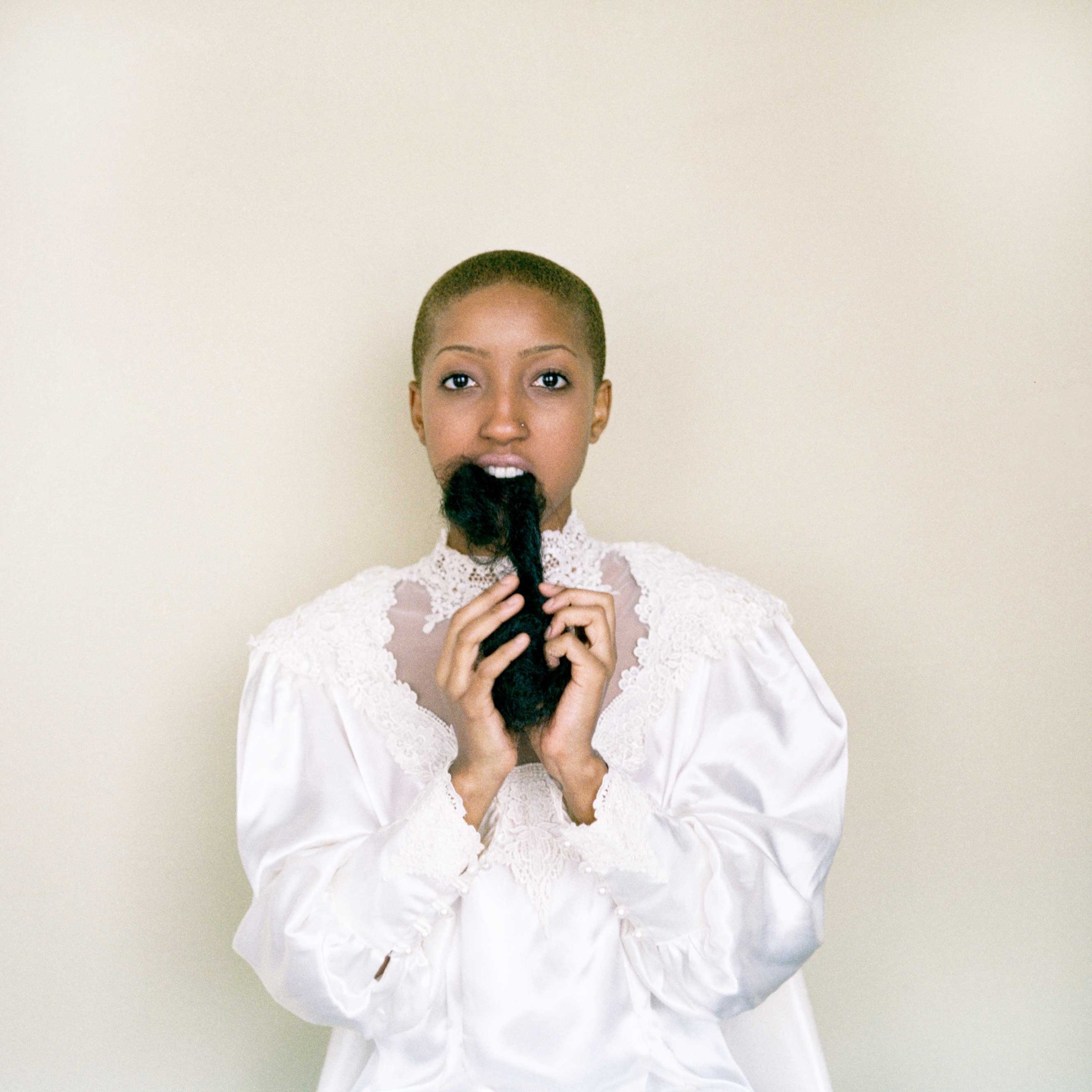
The book, Girl on Girl: Art and Photography in the Age of the Female Gaze, reflects on how a new generation of women are taking the art world by storm. From Izumi Miyazaki’s cute and cruel femininity to Maisie Cousin’s juicy erotica, the 40 women featured are redefining the female gaze.
As part of a series, TIME speaks to five pioneering photographers who are bending the rules of self image, sexuality and exploitation. This week, Nakeya Brown discusses how hair is often symbolic of African American women’s struggle to conform. Through her confrontational images centered around beauty and hair care, Brown holds up a mirror to herself and to society, questioning the accepted rules for femininity and showing why they should be broken.
TIME: You use your hair and its accompanying products in a lot of your work. Why and how has this subject become so central to your work?
Nakeya Brown: It all started from my own personal experience, in terms of going natural and deciding I wasn’t going to perm my hair anymore, but still living with the material residue of what perming my hair for years looked like. [I also thought about] grooming my body and grooming my hair and thinking about all of the memory and the history that’s tied to that.
As much as it’s about the hair itself, it’s also about the tools and the products that shape my experience as a woman. I wanted to make a more dynamic picture by including the social constructs, the tools, the body, all of it – all of it comes into play when you’re thinking about these experiences that we have as women with our hair.
These hair and beauty rituals have been part of the female experience for thousands of years. How revealing do you think they are of women’s rights within society?
Women do a lot of things with their hair to try and fight for their rights against social constructs. I know – and I’m speaking from my own personal experience as a black woman here in the U.S. – that it ties directly to the freedom struggles and political movements: Civil Rights Movement, the black power movement, the more contemporary back-to-natural movement of the 21st Century, that black women and even black men are participating in.
It’s very much a way of outwardly expressing love for self, love for your people, love for your culture. Especially for African Americans here in the U.S. – because our hair has always been a site for resistance – there’s always that history that’s tied to it. So, even when you try and not make hair political, the history of black bodies and hair, particularly women’s hair, is innately tied to a political struggle.
Hair is a way for you to express your views. If you want to go against the status quo that is generated within mainstream culture, hair is definitely a site where you can do that.
How does your work tie into popular culture and the possible stereotypical representation of black women? Do you seek to challenge that?
I don’t think that we should ever be happy with the way pop culture shapes and creates these ideologies. You should always challenge and question and be critical.
My work is definitely relatable to pop culture. At the time in which I wanted to explore beauty politics and hair politics, there was a bubbling “back to natural” movement, which started with Solange [Knowles] cutting her hair off. I remember after seeing her do it, that gave me a little bit of courage to do it myself. I then started thinking about who our mentors and idols were… Who do we look to and admire?
How have the women in your life shaped your own experience with hair?
Growing up, I would put rollers in my grandmother’s hair and I would watch her doing her hair every night. My mother would do my hair as well as my sister’s and father’s. A lot of times we would do at-home perm kits – it was very much a personal and intimate activity. There was a lot of home hair styling and that really informed the way in which I situate my work [within the home].
But it’s kind of come full circle. After I went natural, my sister went natural, then we encouraged my mother to go natural. It’s really beautiful the way the women in my family have come full circle; from processing our hair to going natural. We’re ending at the place where we love ourselves as we are.
How does your work fit into the contemporary feminist conversation and what do you see as the limitations of that conversation?
My work definitely addresses race and gender, more so than feminist conversations have done in the past. A lot of times, feminism has this way of thinking of women as white women and not considering all the different layers of womanhood and all the different complexities that come with it. We hold multiple identities, and when these identities intersect, a different set of issues arise.
My work definitely centers around thinking about how feminism must be more inclusive to other women’s voices than it has in the past. It does urge feminists and women who are interested in feminism to think about the way in which women are very complex and occupy different identities.
Your work exists in a kind of pastel candy-colored land that is quite common in contemporary photography surrounding feminism. Why do you think so many photographers are drawn to this palette?
A lot of my work is informed by tools and the rituals. This palette is a palette that comes out of permed kids and beauty products and beauty books and the covers of magazines. I was really informed by thinking about how femininity is constructed and commoditized. I really wanted to work within that palette of the beauty world and the black beauty markets and products and designs. I also think that hair is socialized and colors have become very socialized. They have connotations that are tied to them.
It functions on multiple levels; reinserting the black female body within this construct of femininity and feminism and how we are erased out of it. It’s also looking to the tools of black beauty culture that circulate within our homes, within the aisles in Target and beauty supply stores on our corner. These are all colors that exist in our psyche as well. I’m just really interested in putting black women’s stories and experiences at the center.
Next week, TIME speaks to Leah Schrager about the complicated world of self-commercialization as an expression of female agency.
Nakeya Brown is a conceptual photographer based in Washington DC. Follow her on Instagram. This interview has been edited for clarity and brevity. Girl on Girl: Art and Photography in the Age of the Female Gaze by Charlotte Jansen is published by Laurence King and is available to buy in the US from April 18.
Alexandra Genova is a writer and contributor for TIME LightBox. Follow her on Twitter and Instagram. Dilys Ng, who edited this photo essay, is an associate photo editor at TIME. Follow her on Instagram.
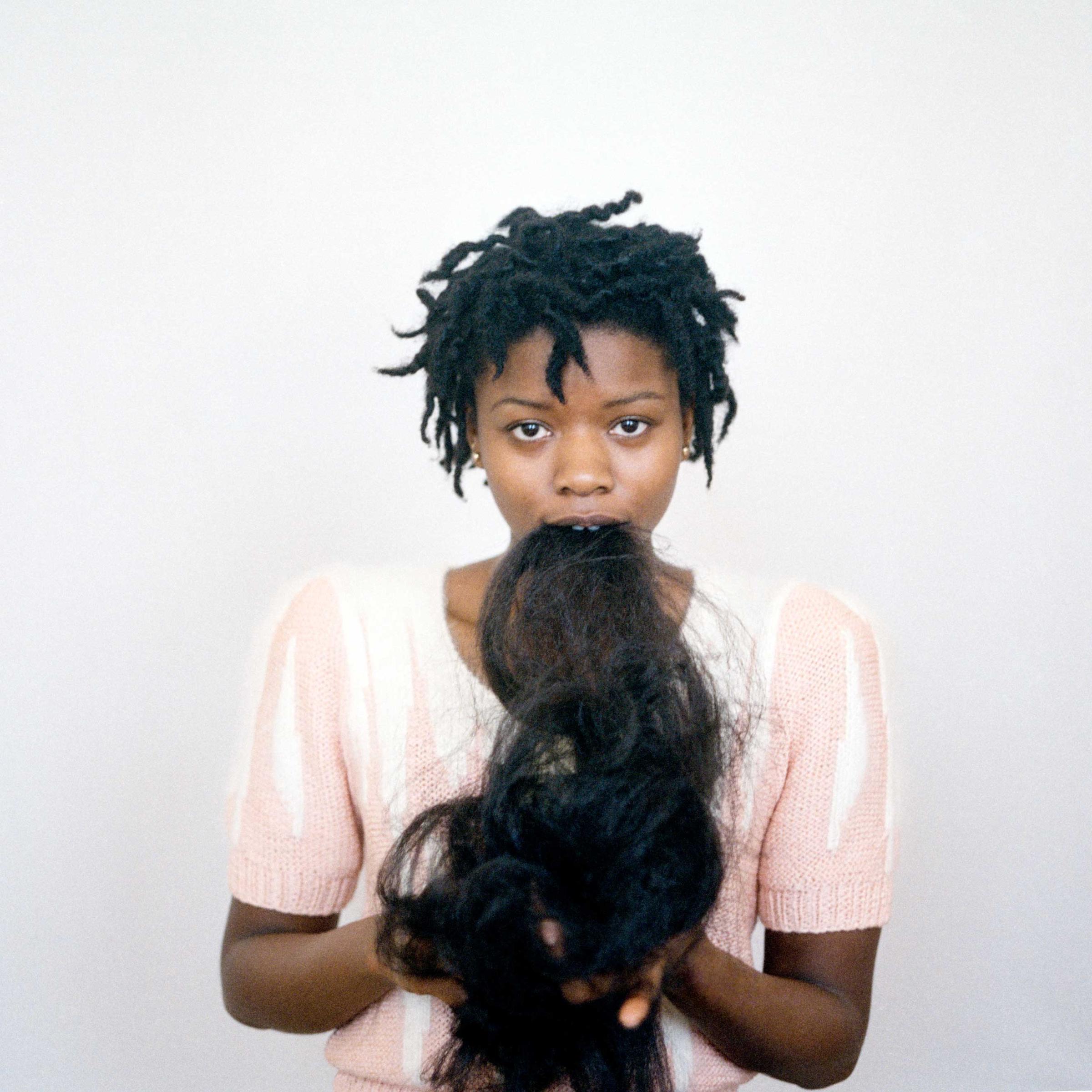
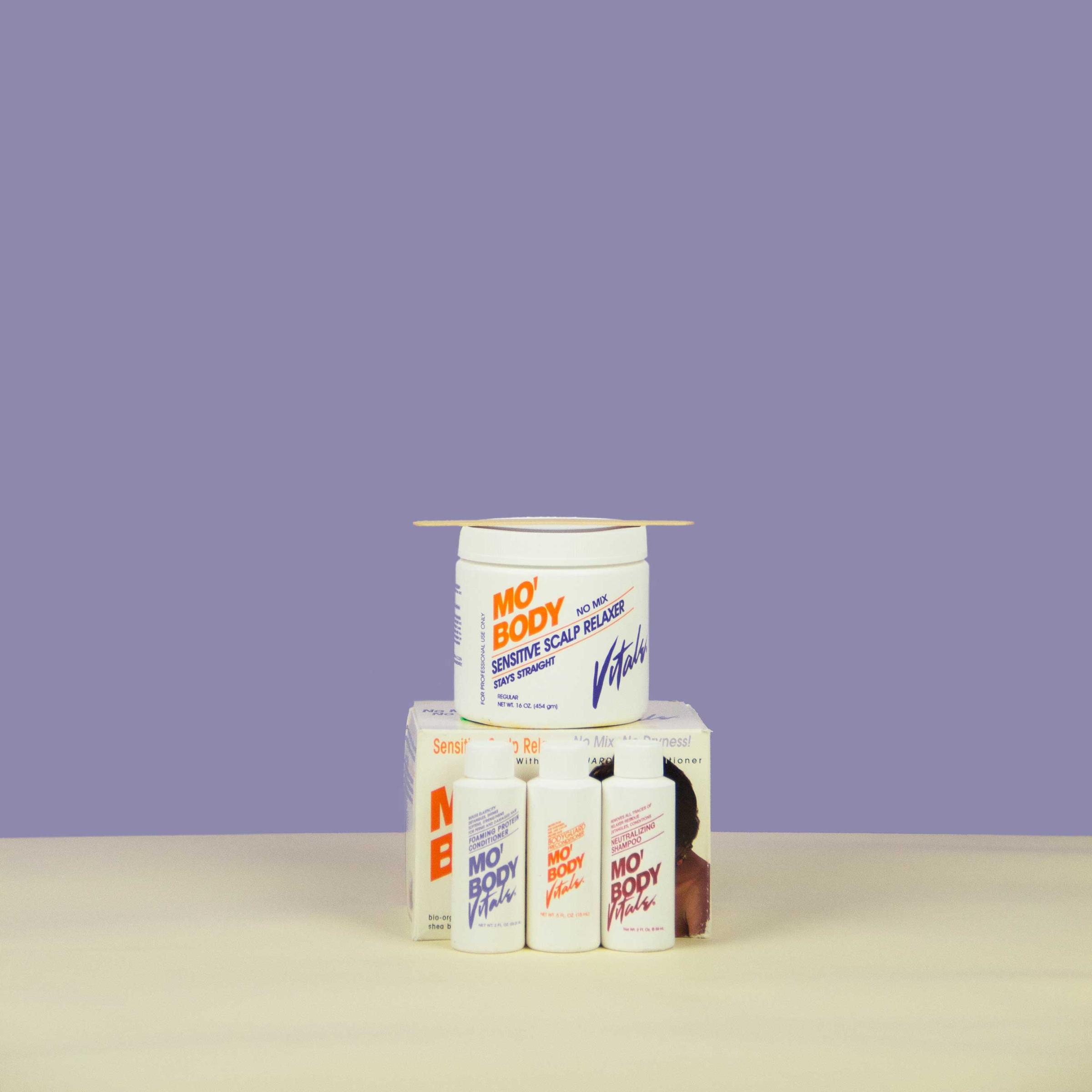

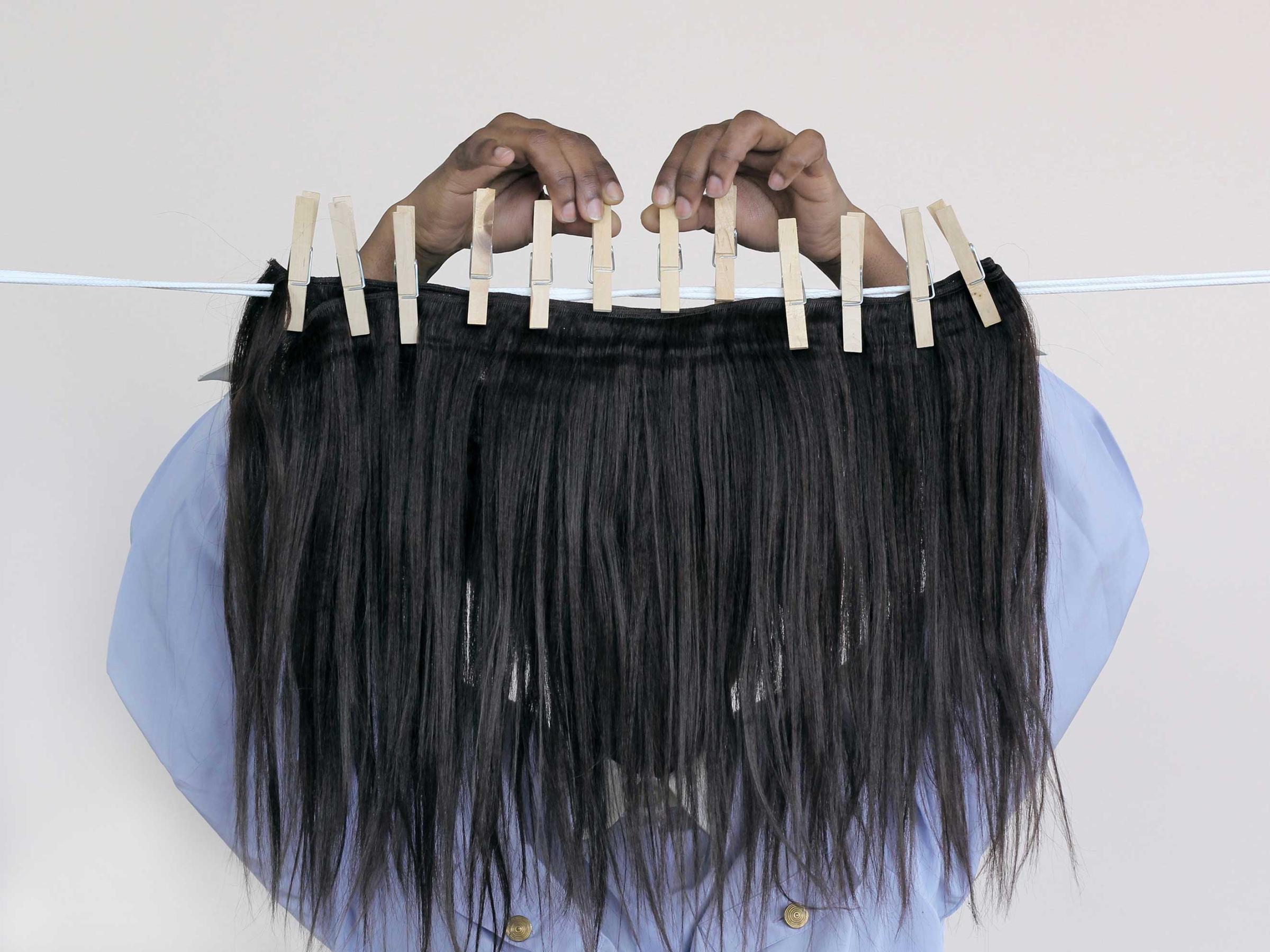
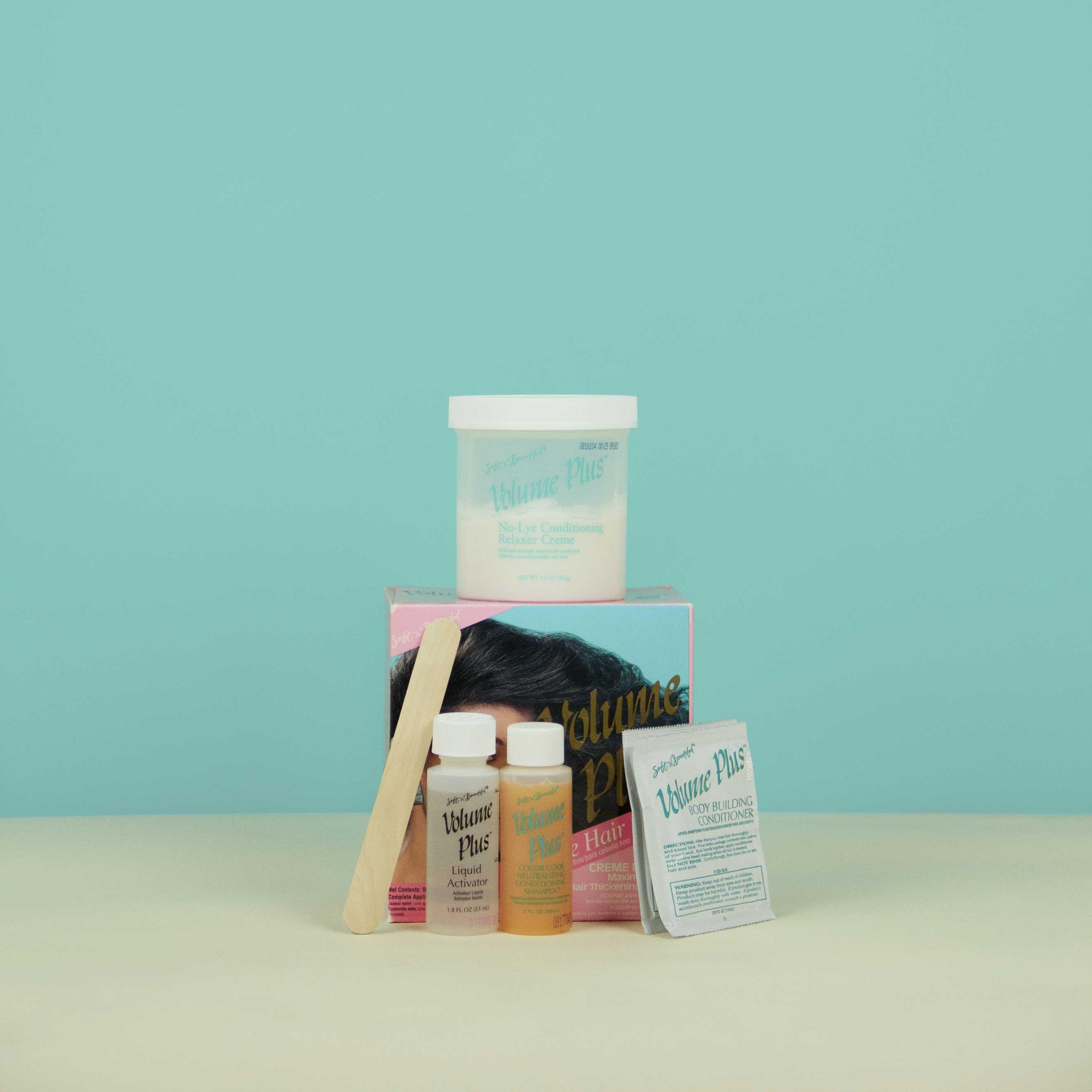
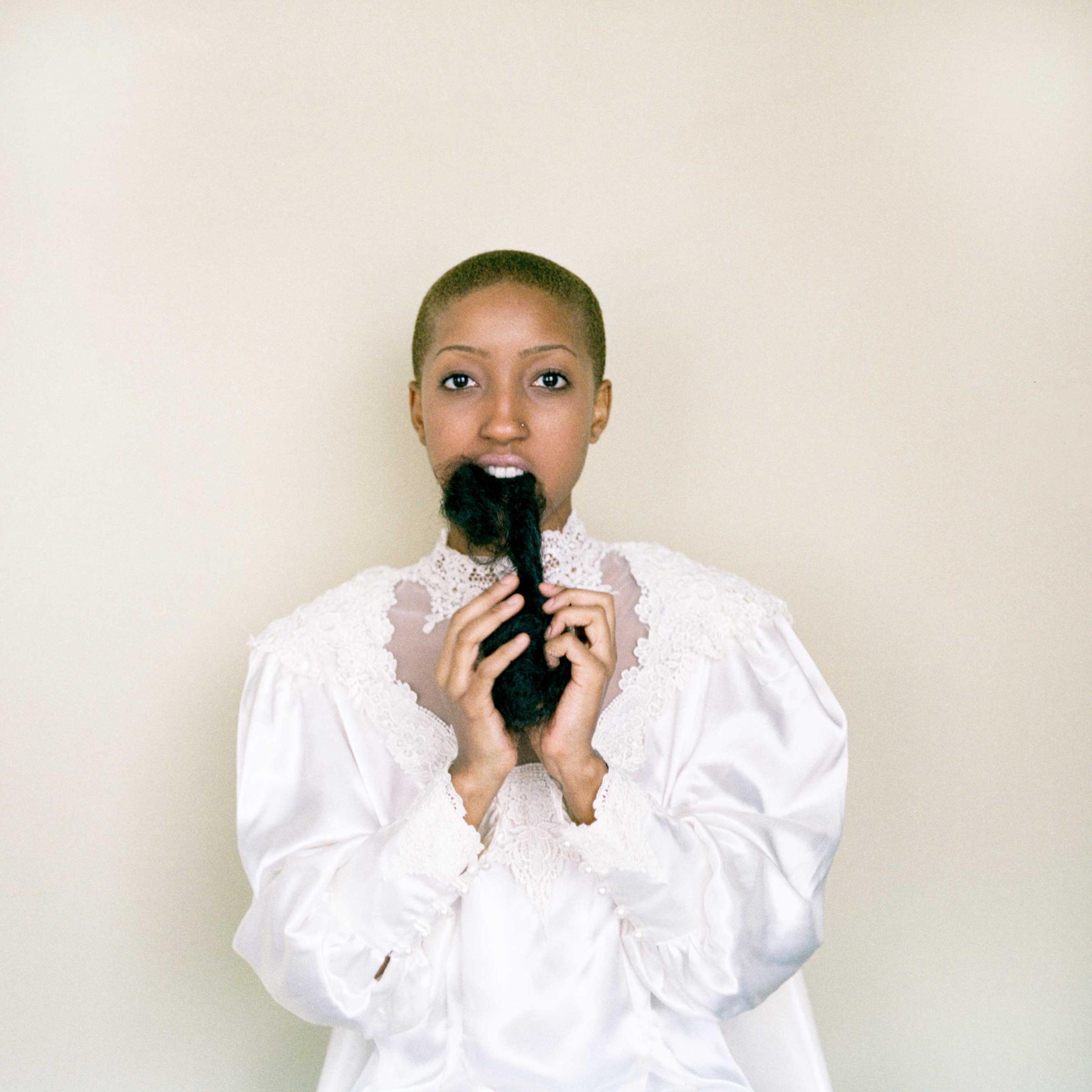
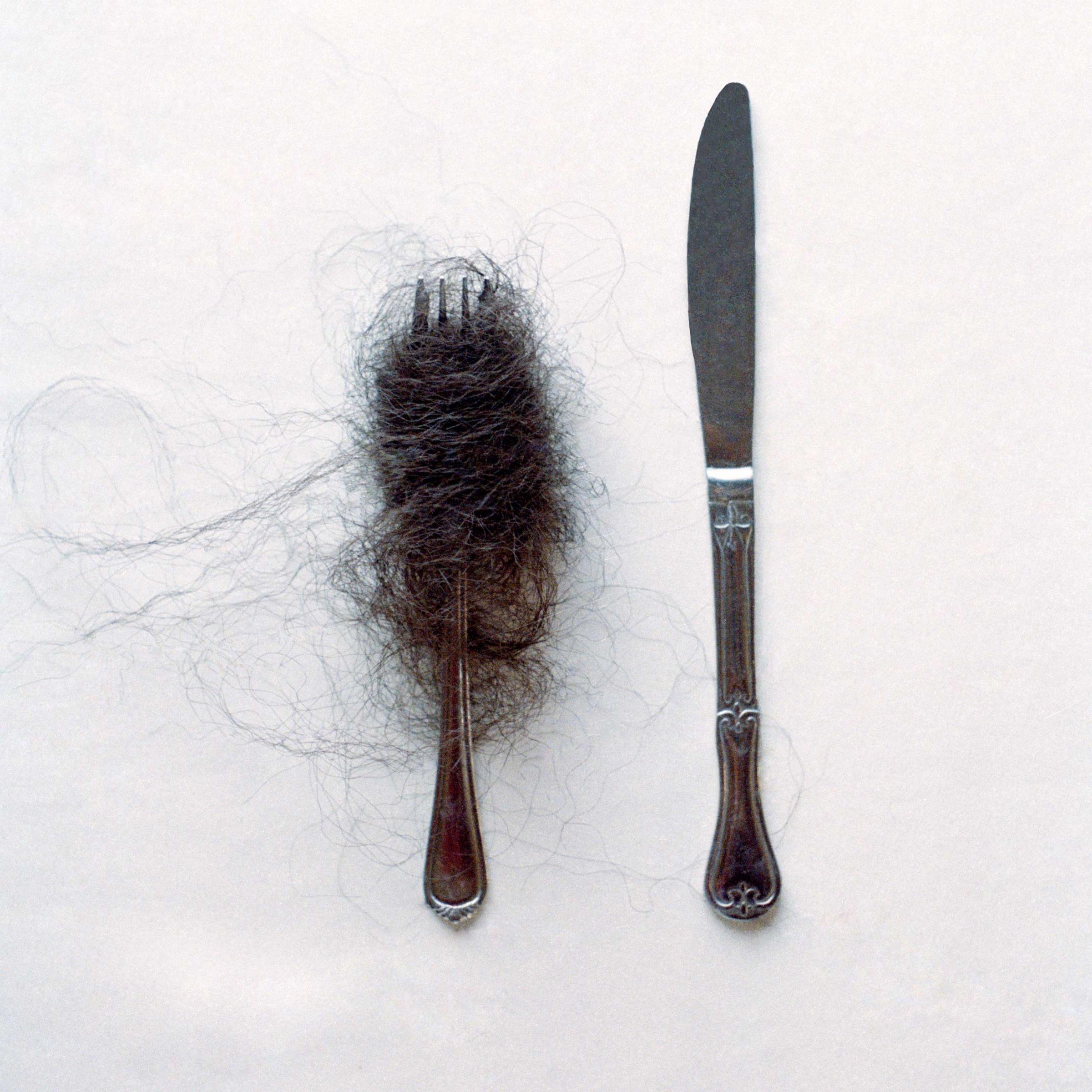
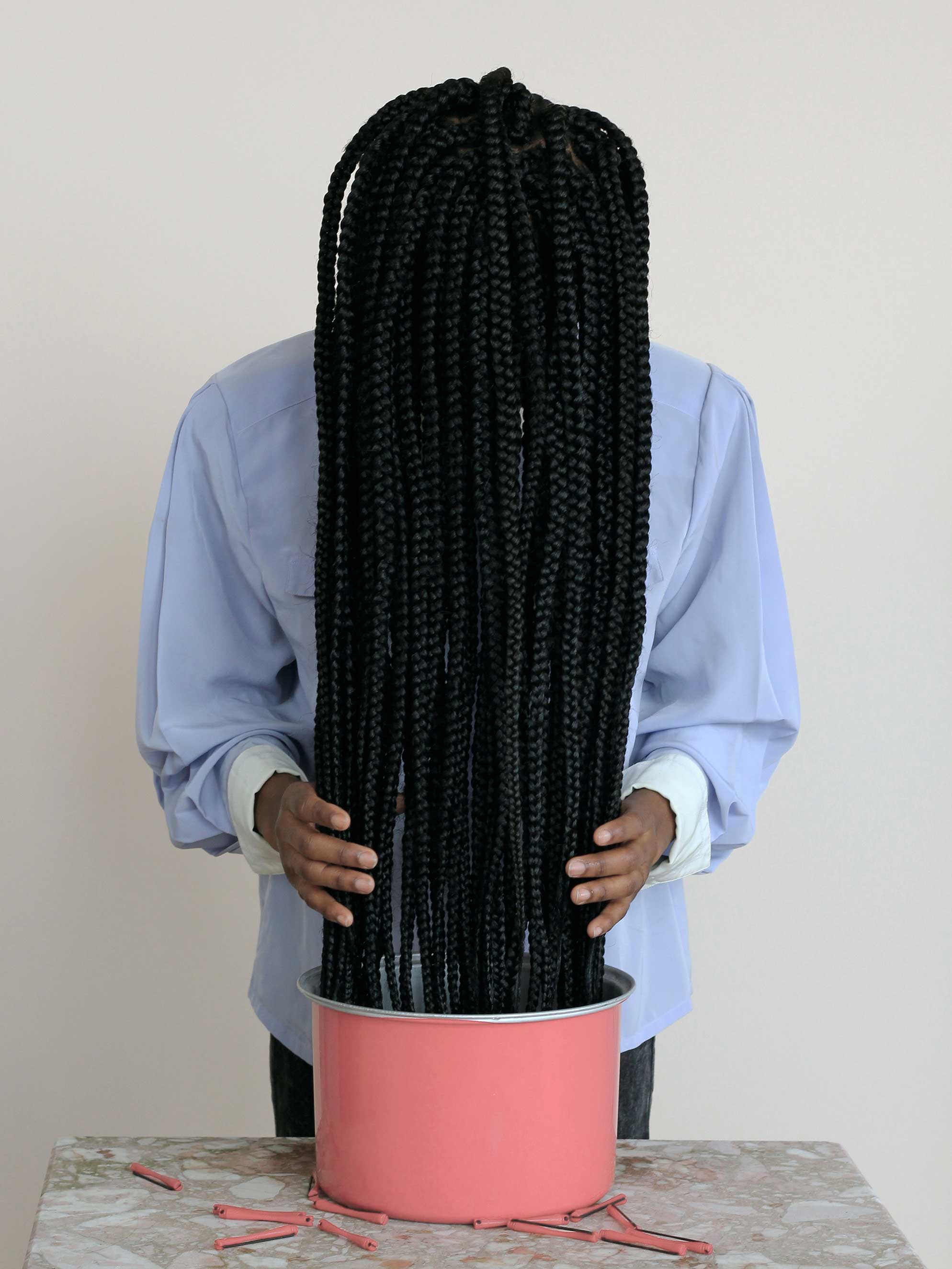
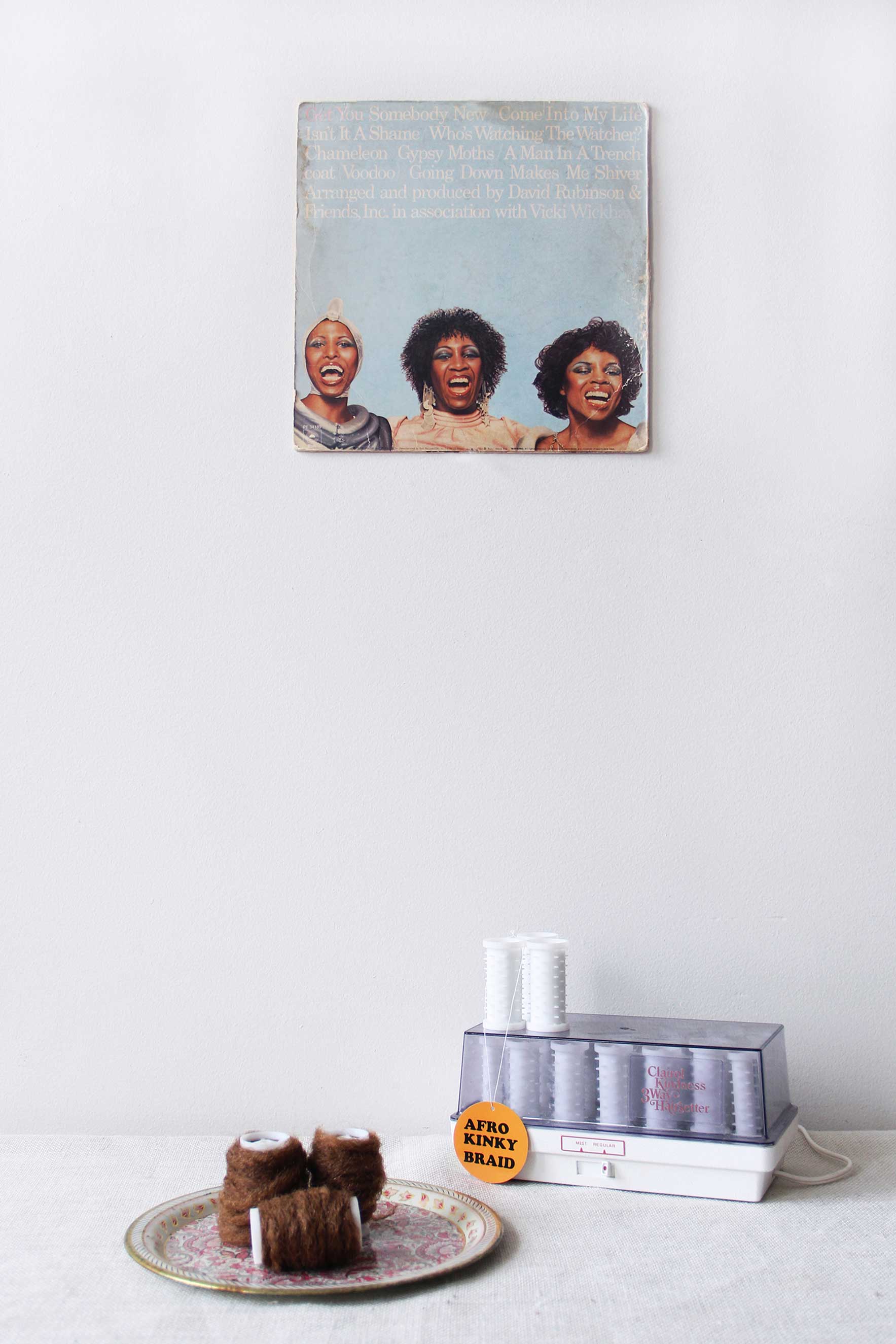
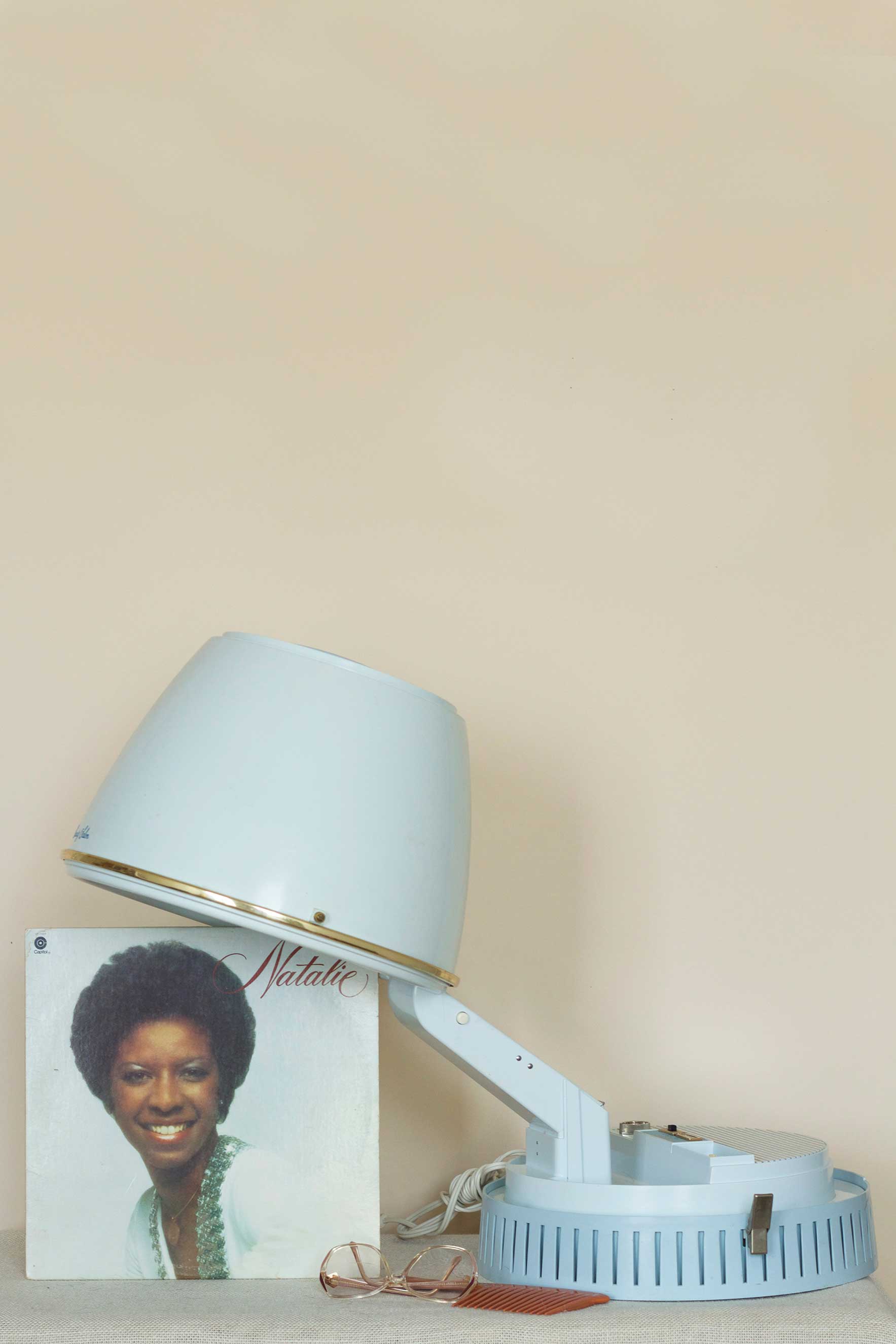
More Must-Reads from TIME
- Cybersecurity Experts Are Sounding the Alarm on DOGE
- Meet the 2025 Women of the Year
- The Harsh Truth About Disability Inclusion
- Why Do More Young Adults Have Cancer?
- Colman Domingo Leads With Radical Love
- How to Get Better at Doing Things Alone
- Michelle Zauner Stares Down the Darkness
Contact us at letters@time.com